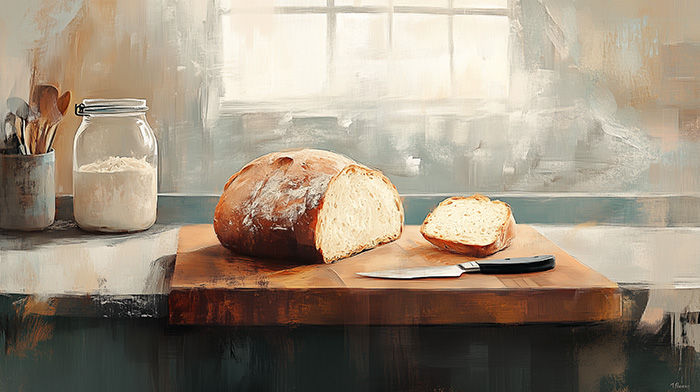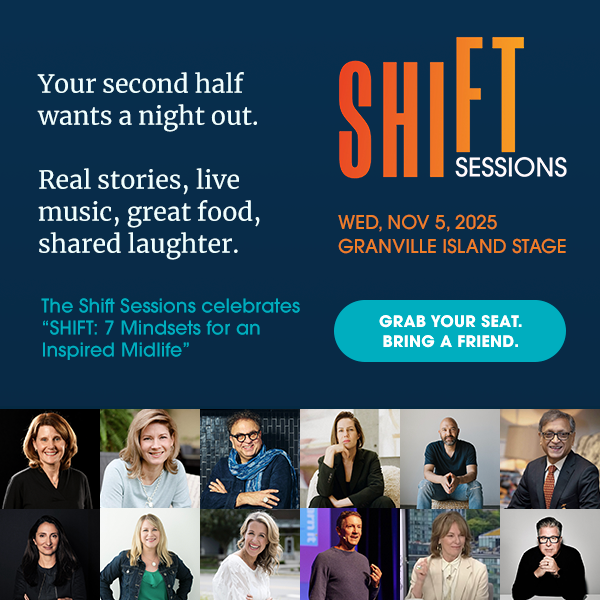We see and feel it everywhere. The cost of housing, food, everyday essentials—just about everything—keeps rising, making it harder than ever just to get by. Trade wars only add to the pressure many have been feeling for a while now. The push to privatize, monetize, and commodify is unrelenting; we paywall knowledge, fence off public lands and community spaces, looking for profit in every resource and interaction. It’s exhausting.
Feeling free
Looking for inspiration, I asked my instagram friends when or where they felt most free. Nearly every response involved being in nature—swimming in an ocean, lake or river, hiking in the mountains or forests, feeling the wind on their skin. Interestingly, each of these are, in their very essence, free — no one owns the rush of cold water around you as you submerge, the quiet of a mossy ground underfoot, or the crisp fresh morning air filling your lungs. Community and connection may be strained these days but they, too, are free. Gathering in a park or back yard, sharing a meal, making music, taking a walk together, telling stories. These experiences belong to all of us.
what does it mean for something to belong to all of us?
What belongs to us
Even as I write that, I wonder: what does it mean for something to belong to all of us? Belonging is not ownership — and this distinction is significant. Ownership is a clunky, ill-fitting idea when discussing nature, culture, and knowledge; it implies possession and control. Belonging, on the other hand, implies a sense of connection and responsibility without imposing control or possession. The ocean, the air, or the feeling of a sun-warmed earth beneath bare feet — these exist in the world of belonging. They invite stewardship rather than possession. Not everything is to be consumed, bought, or sold. Some things are ours not to possess but to care for and share.
So, what’s still free?
Beyond the beauties of nature, and despite the creeping reach of consumer-capitalism-run-amok, there is still so much out there to be enjoyed and shared - free of charge. Right here in my neighbourhood, there are community “buy nothing” groups, local libraries and community centres with free events, and even glorious Little Free Libraries on lawns - take one or leave one.
So many projects are powered by volunteers and community contributions, proof that generosity, collaboration, and accessibility have an important place in our digital and creative worlds.
Online, the spirit of free and open access is alive and well. Free and open-source projects continue to thrive. Portals to art, literature, knowledge, and activities that remain open to all. So many projects are powered by volunteers and community contributions, proof that generosity, collaboration, and accessibility have an important place in our digital and creative worlds.
So in the spirit of belonging and sharing, for our Freedom issue, I want to share some of the amazing free resources out there in the world. Please enjoy them and share them far and wide.
Right now, I’m loving these 19th century images by Anna Atkins in the Metropolitan Museum of Art’s Open Access Collection:

Literature and archives
The Library and Libby: I have to start here. Your local library is a radical act of shared knowledge - so consider showing it some love. And if you can’t get there in person, the free Libby app offers free ebooks and audiobooks from public libraries worldwide.
Library of Congress Digital Collections
Internet Archive (Books, Music, and More)
Canadiana (Canadian Digital Archives)
LibriVox (audiobooks)
Education and learning
Perimeter Institute (Theoretical Physics Resources) (Canada)
University of Toronto Open Courses (Canada)
Khan Academy (education)
OpenStax (free textbooks)
NASA Image and Video Library (US)
MIT OpenCourseWare (Free University Courses) (US)
Coursera Free Courses (Global)
TED Talks (Global)
Art and culture
National Gallery of Canada Open Access (Canada)
Art Canada Institute (Canada)
Free Museum Days (Varies by Location) (Global)
The Google Arts & Culture Project
The Metropolitan Museum of Art’s Open Access Collection (US)
The Getty Open Content Program (US)
Europeana Collections (Europe)
Media, software and tools
Openverse (searchable Creative Commons images)
Unsplash (free high-quality photography).
Blender (3D design)
GIMP (photo editing)
Mozilla Firefox (open-source web browsing)
Outdoor and community resources
Parks Canada (National Parks & Historic Sites) (Canada)
Canadian Public Library Systems (Canada)
National Park Service (Find Free Days and Programs) (US)
AllTrails Free Hiking Maps (Global)
Keeping it free
If all this matters to you, and you want to join in the work of keeping them free for future generations, here are just a few things you can do:
Show your support – use your library, visit public museums, donate to the institutions and programs you use and enjoy, vote for policies that protect common spaces.
Advocate for digital freedom – open-source software, net neutrality, and unrestricted access to public domain content are all part of the fight.
Defend green spaces – Show up when parks and public lands are at risk.
What’s free doesn’t stay free by happenstance, but through collective action and care.













